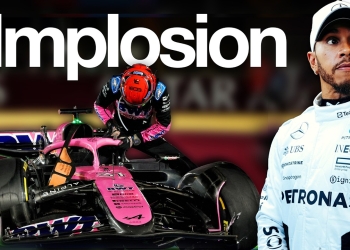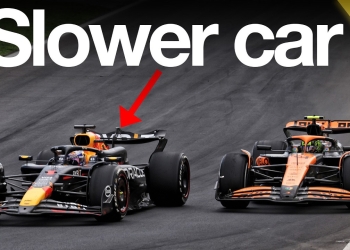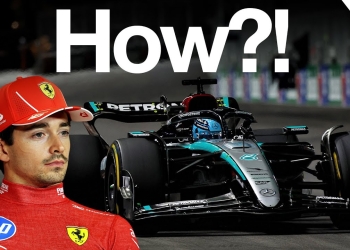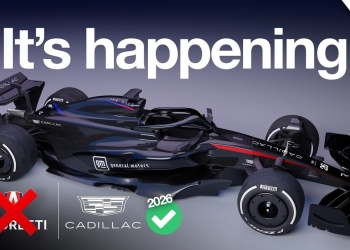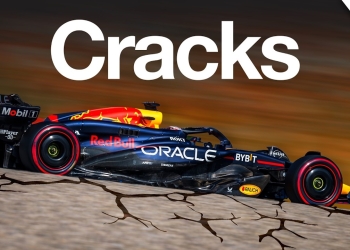Ferrari's Mixed Fortunes in F1 2024
Ferrari's 2024 Formula 1 season has been a tale of two halves. The Italian team has shown flashes of brilliance on certain tracks, but struggled to maintain that form consistently. This rollercoaster performance has left fans and pundits wondering: Has Ferrari wasted its best chance to challenge for the championship?
The Promise of Street Circuits
Ferrari's SF24 car has shown tremendous pace on street circuits and low downforce tracks. The team's performance at these venues gave hope for a strong second half of the season. Team Principal Fred Vasseur even joked about winning in Singapore and Baku, adding to Charles Leclerc's Monaco victory.
"It wouldn't be all bad for Ferrari if we added wins in Singapore and Baku to the Monaco Grand Prix victory Charles Leclerc had already bagged," Vasseur quipped.
However, the reality didn't quite match these lofty expectations.
A Tale of Two Track Types
Ferrari's performance has varied dramatically based on the type of circuit:
- Street Circuits: Excellent performance
- Low Downforce Tracks: Strong showings
- Conventional Circuits: Struggles with consistency
This pattern becomes clear when we look at Ferrari's single-lap pace across the season:
| Track Type | Ferrari's Performance |
|---|---|
| Street Circuits | Often fastest |
| Low Downforce | Competitive |
| Conventional | Mid-pack or worse |
The Street Circuit 'Championship'
To illustrate Ferrari's strength on street-style tracks, let's consider a hypothetical championship based only on these circuits:
- Max Verstappen (Red Bull)
- Charles Leclerc (Ferrari)
- Lando Norris (McLaren)
In this scenario, Leclerc would be right in the thick of a title fight. But F1 isn't raced exclusively on street circuits, which highlights Ferrari's main problem.
Click here to preview your posts with PRO themes ››
Why Does Ferrari Excel on Street Circuits?
Several factors contribute to Ferrari's street circuit prowess:
- Responsive power delivery: A smaller, more responsive turbo helps in slow corners.
- Agile chassis: The car handles curbs well and excels in tight turns.
- Confidence-inspiring braking: Drivers, especially Leclerc, trust the car under braking.
The Conventional Circuit Conundrum
On more traditional tracks, Ferrari faces several challenges:
- Understeer: Drivers struggle to rotate the car in medium-speed corners.
- Aerodynamic balance: Difficulty achieving sufficient front-end downforce.
- Tire warm-up: The car is sometimes too gentle on its tires, leading to qualifying issues.
Looking Ahead: Can Ferrari Solve the Puzzle?
Ferrari is set to introduce an upgrade package for the United States Grand Prix in Austin. This could be a pivotal moment for the team. If the upgrades work as intended, it might signal that Ferrari has addressed its underlying issues.
"We've made gains, but Austin will be the real test," Leclerc noted.
The team has also made improvements to its wind tunnel, aiming for better correlation between simulations and on-track performance.
The Bigger Picture
Ferrari's 2024 season isn't just about this year's results. It's a crucial period for understanding and solving the fundamental issues with their car concept. Success or failure now could have far-reaching implications for 2025 and beyond.
If Ferrari can crack the code and perform consistently across all track types, they might finally mount a serious championship challenge. If not, they risk remaining a team that shines brightly but inconsistently, forever tantalizing fans with unfulfilled potential.
As the season enters its final phase, all eyes will be on the Prancing Horse. Can they turn their flashes of brilliance into sustained success? The coming races will tell us much about Ferrari's future in Formula 1.



